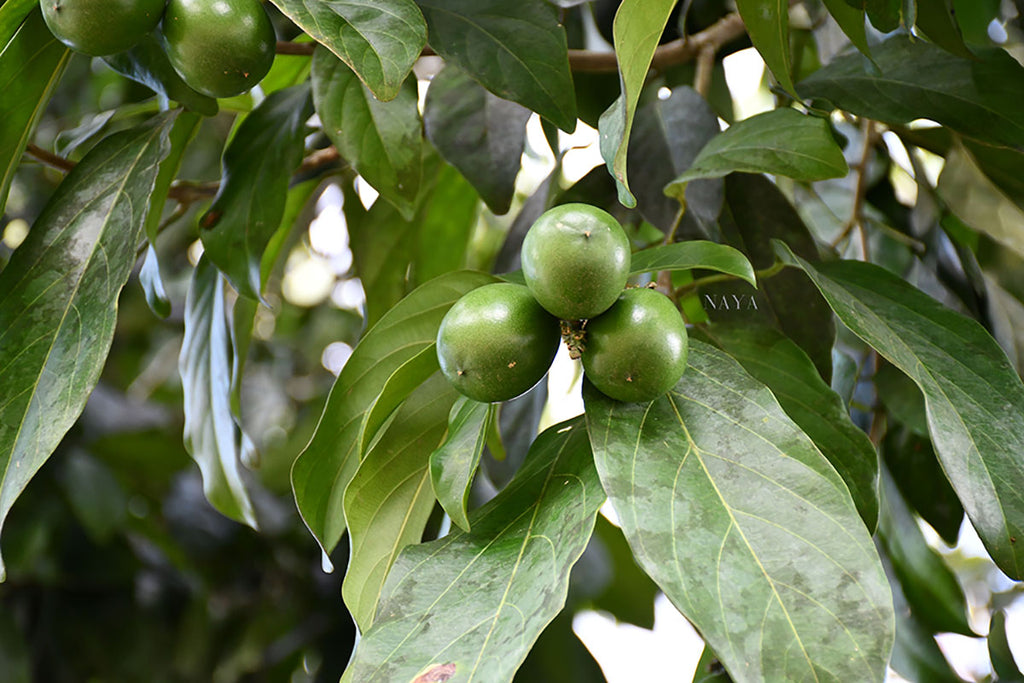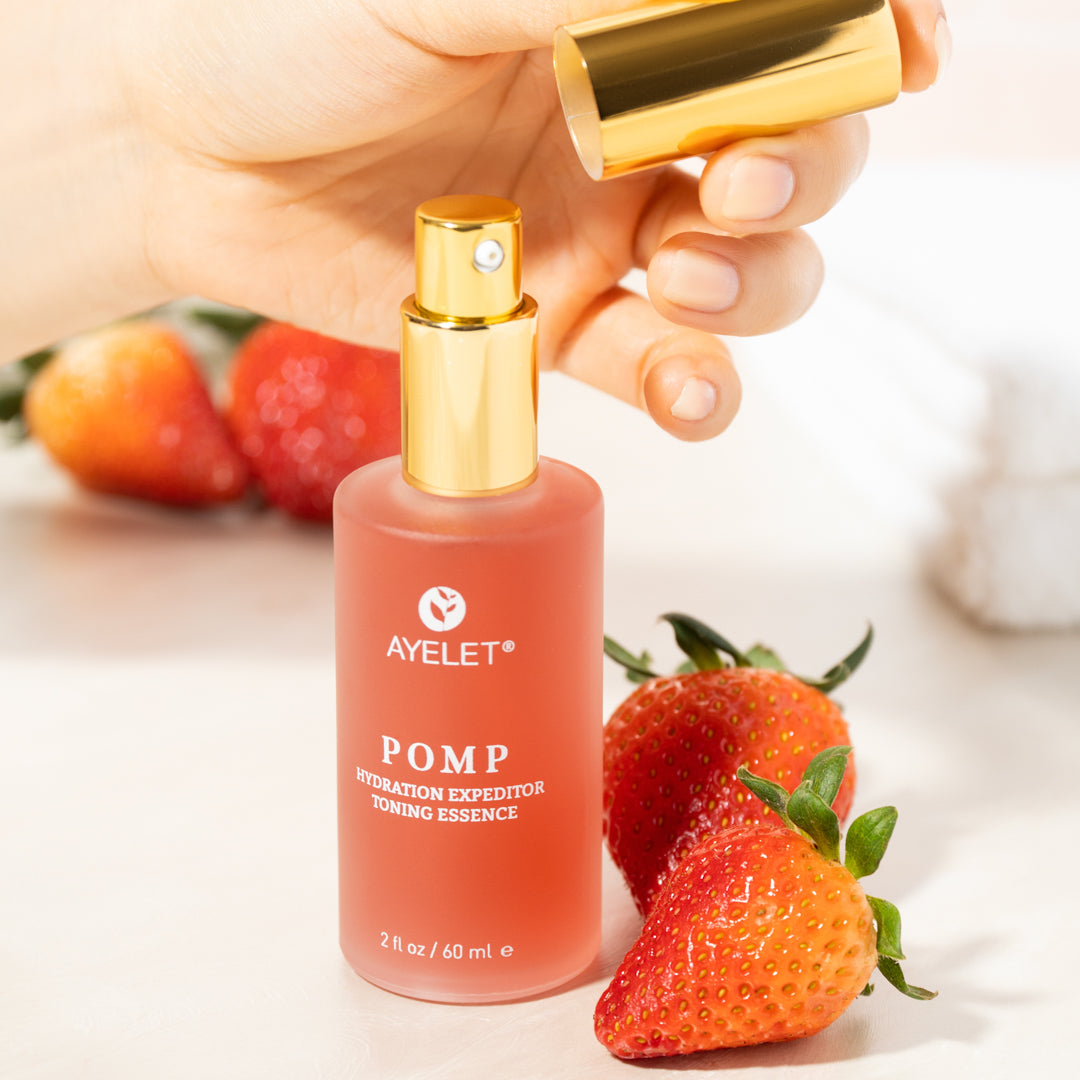
Cacay, or Kahai Oil, is a light, non-greasy oil obtained by cold pressing the nuts of the Cacay Tree, it contains extraordinarily high levels of naturally-occurring Retinol or Vitamin A (Retinol), and E which proven to promote the production of collagen and elastin, rebuild and replenishing skin tissue, leaving the skin smooth, hydrated and radiant. Cacay Oil is high in Linoleic Acid making it non-comedogenic and good for blemish-prone skin. Cacay has Clinically proven to reduce age-related issues, such as wrinkles and dark spots, and increase skin firmness in as little as 4 weeks.
Cacay oil can also be used for scar, tattoo, and stretch-mark, In hair, it helps eliminate frizz and aids in split-end repair while imparting shine and silkiness.
Only in the Amazonian rainforest thrives this fast-growing nut. The Cacay tree (Caryodendron Orinocense) can grow up to 30-40 meters. And it produces lemon-sized nuts to extract the valuable and luxurious Cacay Oil
Origin Of Cacay Oil
Virgin Cacay oil type is unrefined and therefore exhibits its characteristic aroma and color. Cacay oil is cold-pressed extracted from the nuts of the Cacay tree harvested in Brazil with the oil production taking place in India where it is ultimately sourced from. Described by some as one of Amazon’s best kept secrets, this natural plant oil is sought after for its benefits when used in personal care and topical skincare formulations. This light oil moisturizes the skin without leaving a greasy residue.
Cacay Oil vs Other Precious Oils
Cacay oil is x3 more powerful than Rosehip oil, not only does it contain 3x the amount of naturally-occurring Retinol as Rosehip oil, it contains the molecules in a more stable and non-irritating form, making it suitable for all skin types. Cacay oil contains high levels of antioxidant Vitamin E, which helps to naturally repair, protect and replenish moisture levels in the skin.
Cacay Oil Benefits includes:
- Rapid skin absorption
- Reducing wrinkles
- Improving skin elasticity
- Improving skin tone
- Reducing the formation of acne
- Reducing the appearance of scars and stretch marks
- Reducing pigmentation
- Improving skin texture; and
- Increasing skin hydration and smoothness
Cacay Trees For The Planet
While a large percentage of Cacay oil is currently being processed from nuts gathered from wild-grown trees, the increasing popularity, and economic potential of the product is encouraging farmers to replant native Cacay trees in deforested areas of the Amazon rainforest.
These trees are fast growing and add nutrients back into the soil as they grow. The budding industry is also helping to improve the lives of low-income families in Amazon regions by creating more employment opportunities.
Additionally, no part of the harvested Cacay nut goes to waste. Once the oil is extracted, the outer shells of the Cacay nuts may be burned to produce activated carbon, and then processed as a fuel alternative to coal thereby reducing harmful pollution.
As the demand for Cacay oil goes up, the potential for positive impact will continue to rise with it. As we consumers choose products that are sustainable not only in the way they are packaged but in the way that their very contents are sourced, entire ecosystems - like the Amazon rainforest - will benefit. The people who call those ecosystems and this planet home will benefit. And, in this case, your skin will definitely benefit.


